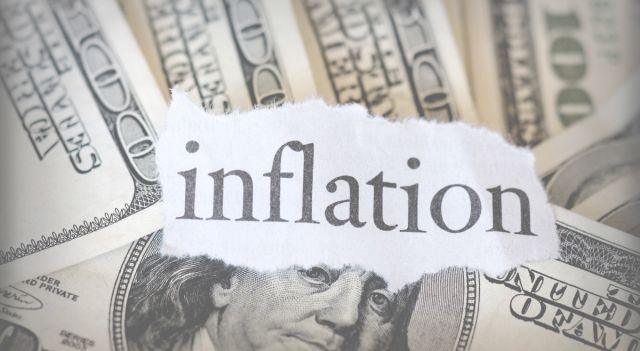In January, U.S. prices experienced a modest uptick, according to the latest data from the Commerce Department’s Bureau of Economic Analysis. The personal consumption expenditures (PCE) price index, a key inflation measure closely watched by the Federal Reserve, increased by 0.3% for the month. This revision comes after December’s figures were adjusted down to a 0.1% rise from the initially reported 0.2%.
Over the 12 months leading up to January, the PCE inflation rate climbed to 2.4%, marking the smallest year-on-year increase since February 2021, and a deceleration from December’s 2.6% growth. This development aligns with economists’ expectations and reflects a broader trend of easing inflation, which keeps the possibility of a Federal Reserve interest rate cut in June on the table.
The monthly inflation increase mirrors similar trends in consumer and producer prices, which many economists attribute to businesses adjusting their pricing strategies at the start of the year. There is a consensus that the government’s model for removing seasonal fluctuations might not fully account for these annual price adjustments, with many expecting that the price increases seen in January will not be replicated in February.
Satyam Panday, chief U.S. economist at S&P Global Ratings, suggests caution before making any definitive judgments. “It will be prudent to hold back on passing any strong judgment till February data comes out next month,” he stated, emphasizing the need to discern if January’s inflation uptick was a one-time adjustment or indicative of a more concerning trend for the Fed.
When looking at core inflation, which excludes the more volatile food and energy categories, there was a 0.4% increase in January, a rise from December’s revised 0.1%. This brings the year-on-year core inflation rate to 2.8% in January, the smallest increase since March 2021, further underscoring the trend towards inflation normalization.
This moderation in inflation comes despite a slowdown in consumer spending, which rose by 0.2% in January after a more robust 0.7% increase in December. The ongoing strength of the labor market, characterized by elevated wage gains, continues to underpin consumer spending.
A separate Labor Department report indicated a slight increase in initial claims for state unemployment benefits, with a seasonally adjusted total of 215,000 for the week ending February 24, slightly above economists’ predictions. Despite notable layoffs at the beginning of the year, unemployment claims remain at historically low levels, reflecting the resilience of the U.S. labor market.
As the Federal Reserve maintains its cautious stance on adjusting borrowing costs, with a significant policy rate increase of 525 basis points since March 2022, the evolving inflation landscape and labor market dynamics will be critical factors in their upcoming monetary policy decisions.
